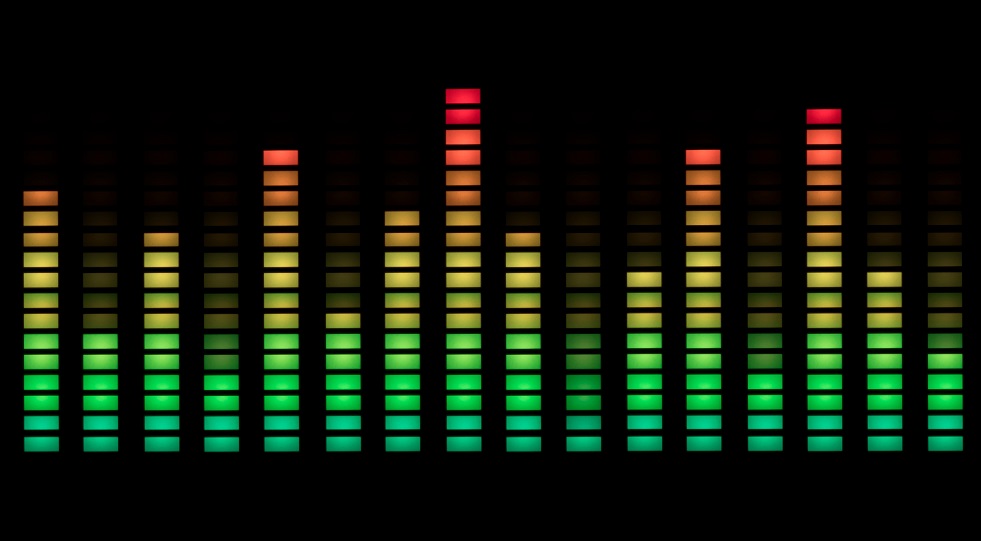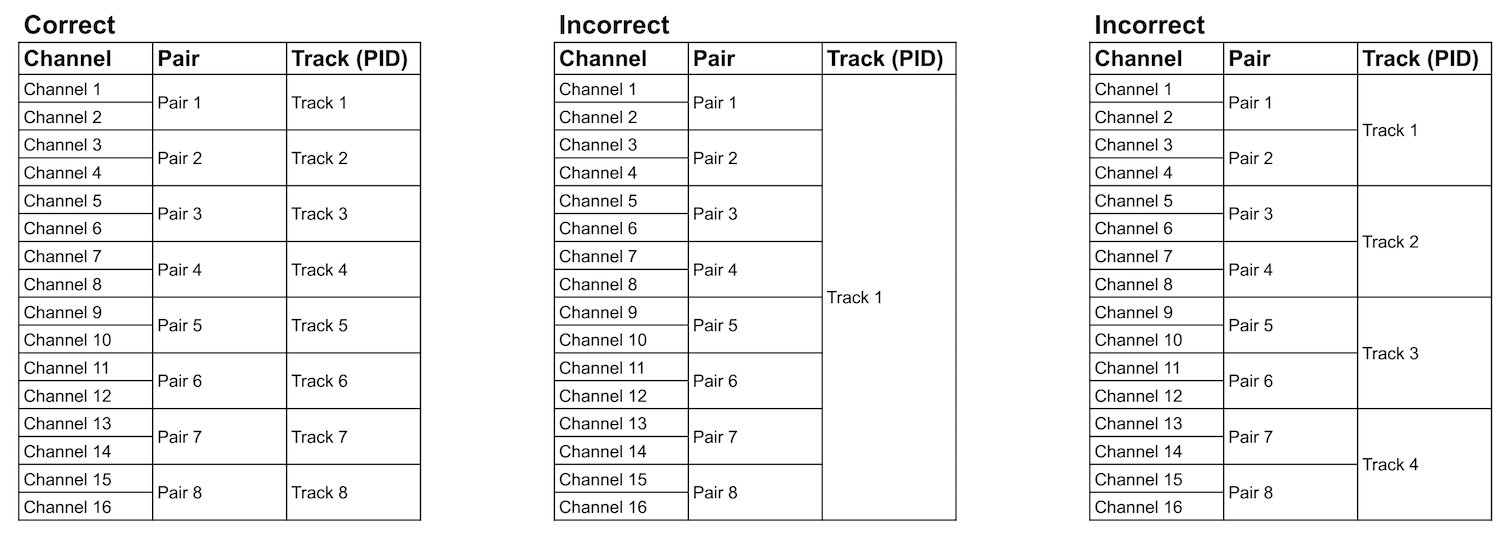 Audio terminology can be confusing, especially when it comes to the terms ‘channel,’ ‘pair,’ and ‘track.’ While these terms are often used interchangeably, they have distinct meanings in the context of MPEG Transport Stream (MPEG-TS) in professional video transport and the products which create and receive MPEG-TS such as our low-latency encoders and decoders.
Audio terminology can be confusing, especially when it comes to the terms ‘channel,’ ‘pair,’ and ‘track.’ While these terms are often used interchangeably, they have distinct meanings in the context of MPEG Transport Stream (MPEG-TS) in professional video transport and the products which create and receive MPEG-TS such as our low-latency encoders and decoders.
This article aims to clarify these terms and highlight the importance of using them correctly, both when communicating and in product implementations. This terminology is also poorly used in ST 2110 which we will cover in another article.
Understanding the Terms
Channel: A channel refers to a single audio signal within a sound system. In stereo audio, there are almost always two channels: left and right. Each channel carries its own audio signal, but these signals are generally correlated in some way, usually from the same microphone.
Pair: The term pair is commonly used to describe a stereo configuration, which consists of two channels that work together. When we refer to a pair, we are usually talking about the left and right channels that create a cohesive stereo sound.
Track: A track is sometimes used interchangeably with “pair,” but it typically refers to a specific audio stream, such as a language track in a video. For example, a video may have multiple tracks for different languages, such as English, French, and German. In professional applications a track is almost always a stereo pair. To make life more confusing the terms, stream or audio PID (coming from MPEG-TS), or essence (coming from MXF), may be used instead of the word track.
The tables below summarise the correct and incorrect use of these terms in professional video contribution in MPEG-TS, where audio is sent in stereo pairs. Note that this may not be the same as in consumer applications, nor in ST-2110.
 When Things Go Wrong
When Things Go Wrong
Confusion often arises when the terms “channel,” “pair” and “track” are used interchangeably. This can lead to complications in audio management, especially when distributing content across various platforms and devices.
Audio is meant to be sent as a track (which is equivalent to audio pairs). But some equipment such as some low-end newsgathering backpacks only sends a single track to cover all channels or sometimes four channels in a track. This does not have widespread support and can create both technical and operational issues, especially when sending feeds to multiple “takers”.
Let’s look at them:
-
- Receiver can only decode a single track
Some receivers can only decode a single track even if multiple tracks are present. For example, if tracks in multiple languages are sent in a specific order, with English first, then French second, and a receiver needs to have French first, a device upstream may need to rewrite the MPEG-TS such that French is first. Otherwise a receiver will only output the English audio.
- Receiver can only decode a single track
-
- Receiver cannot decode tracks with more than one pair
For various technical reasons, some professional receivers cannot decode tracks with more than one pair, or maybe will output the first pair only of a given track. This causes issues as the audio pairs are not output as expected (if at all).
- Receiver cannot decode tracks with more than one pair
-
- Inability to identify languages
Even if a receiver can decode a track containing more than stereo pair, the receiver does not know what language is on each stereo pair, as the metadata for language is per track (PID) in MPEG-TS. This is an important reason why stereo pairs are sent as individual tracks, so that language metadata is unambiguous. Often during a sporting event there is no commentary until very close to the start, making per track metadata and clear use of terminology important in order to avoid transmitting the wrong language.
- Inability to identify languages
Conclusion
Understanding the differences between channels, pairs, and tracks is essential for anyone involved in video encoding and decoding. Using precise terminology avoids confusion and ensures that everyone involved understands the audio setup. It’s also important to select encoders and decoders, like ours of course, that implement audio tracks properly.

